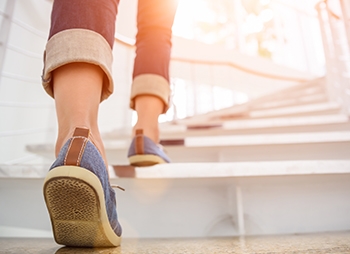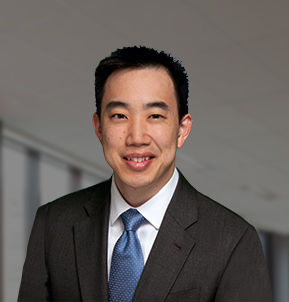
The Achilles tendon attaches our calf muscles to our heel and is one of the strongest tendons in the human body. But even so, it can wear out and become inflamed due to excessive stress resulting in Achilles tendonitis. This painful condition can make running, jumping, and even walking uncomfortable. Understanding Achilles tendonitis is the first step towards coping with it, so let’s discuss the causes and rehabilitation treatments available.
Causes
Achilles tendonitis is caused by repetitive stress put on the Achilles tendon. There are a variety of factors that may contribute to this excess stress including:
- Overuse: When you constantly use the Achilles tendon, it can become strained resulting in inflammation and pain. Achilles tendonitis caused by overuse is most common in sports or physical activities that involve lots of running, jumping, or walking.
- Improper Footwear: Wearing improper footwear can increase your risk of developing Achilles tendonitis due to excess stress put on the Achilles tendon. Your footwear should be comfortable, properly fitted, and supportive.
- Tight Muscles: When our calf muscles are tight this can pull on the Achilles tendon, increasing the likelihood of Achilles tendonitis. Tight calf muscles are most common in runners so it is important to always stretch these muscles before and after a workout.
- Age/Gender: As we age, our muscles and tendons weaken. This is why older individuals are more likely to develop Achilles tendonitis. Men are also more likely to develop Achilles tendonitis compared to women.
Rehabilitation
While Achilles tendonitis can cause discomfort and pain with every step, there are various treatment options out there to help you cope with this condition. Some of the best rehabilitation methods for Achilles tendonitis include:
RICE method: Rest, Ice, Compression, and Elevation (RICE) is an excellent method for handling Achilles tendonitis. Resting will help to give time for your tendon to heal while icing, compressing, and elevating your Achilles will help to reduce inflammation.
Pain Medication: Over-the-counter pain medications such as ibuprofen and naproxen work wonders to relieve Achilles tendonitis pain. But if you are still suffering from discomfort, your physician may prescribe something stronger.
Physical Therapy: If self-care methods have failed to treat your Achilles tendonitis, physical therapy may be needed. Your physical therapist will guide you in targeted exercises to encourage muscle strengthening and flexibility in and around your Achilles.
Laser Therapy: Laser therapy can help minimize inflammation and encourage cellular healing of the Achilles tendon.
Surgery: In severe cases of Achilles tendonitis, when all other treatment options have failed, surgery may be recommended to repair the damaged tendon.
If you are suffering from Achilles tendonitis, suffer no longer. Dr. Bryant Ho is an expert orthopedic surgeon who is happy to help you find relief now!
Dr. Bryant S. Ho is board-certified in orthopedic surgery and is trained in the operative and non-operative management of adolescent and adult foot and ankle disorders. Dr. Ho places a strong emphasis on customizing his care for each patient to ensure successful outcomes. He provides all treatment options, including preventative care, conservative management, and operative intervention.



